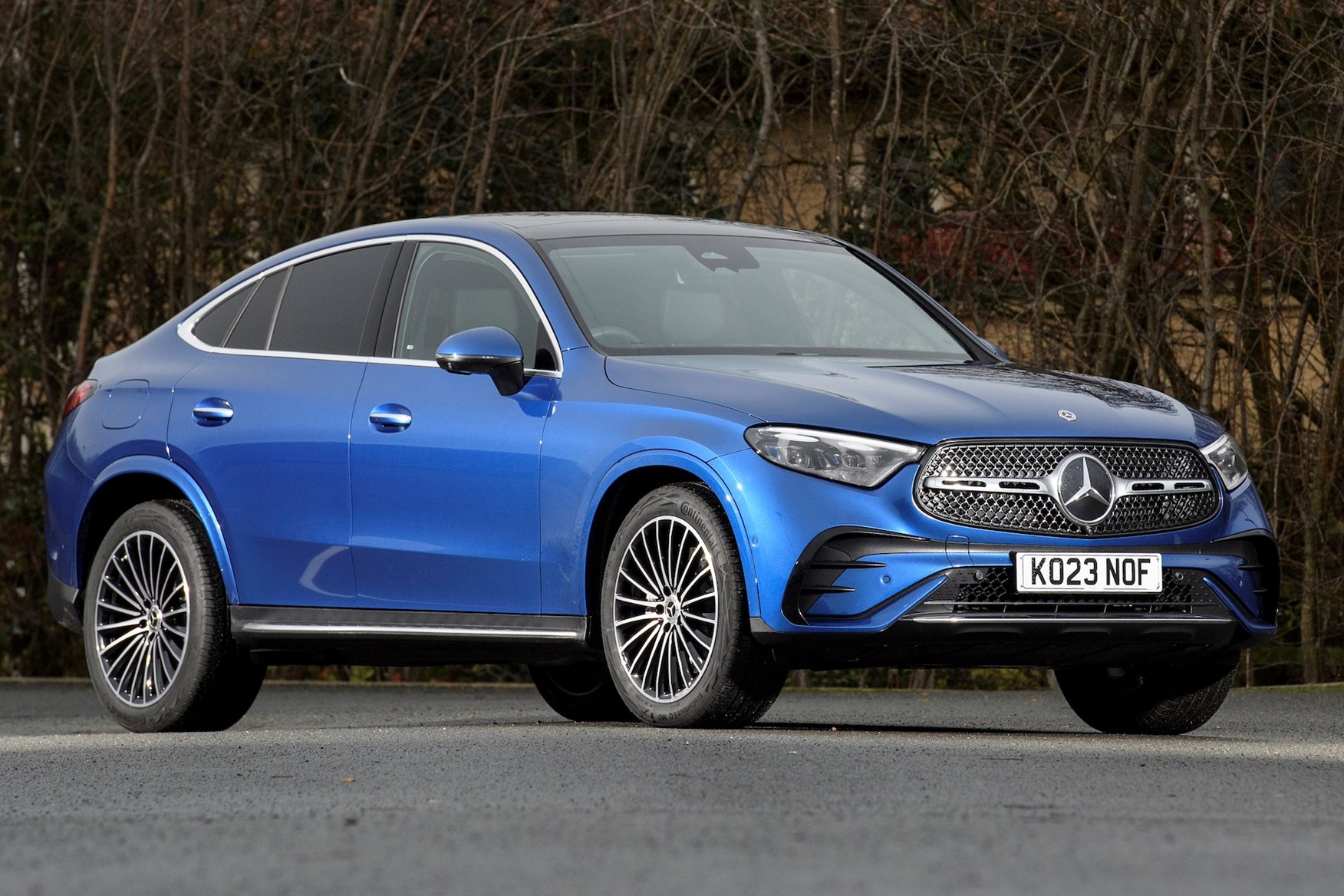
The best cars for (about) £150 per month
What are the best cars for about £150 per month?...

What are the best cars for about £150 per month?...

You’re not the only person looking at cars in the...

People looking at car finance deals for the first time,...

A monthly payment of £400 gets you an awful lot...
Enter your reg number or use the options below to look up your vehicle and find out how much it is worth:





Classically styled and luxuriously refined

Familiar looks for cute all-electric Fiat city car

Family SUV maxes out on style, practicality and economy

Impressive all rounder, majoring on family-friendly practicality

Roomy, swift, falling off the pace

Mercedes Benz's latest coupe sacrifices substance for style

A great choice for long-distance drivers

Next-generation Tiguan challenges the class-leaders

Electric version of the X2 SUV Coupe is the better bet

Updated Porsche electric car goes faster and further

A polished supermini for sensible buyers

It’s excellent – probably Kia’s best car yet

Arguably the best city car

Now an even greener pocket rocket for a great price

Porsche's off-road lifestyle electric car is now even better

Iconic 4x4 returns and it’s the best yet

No roof equals more fun

Comfortable, tech-laden luxury SUV

The Countryman might have grown up, but it’s still fun at heart

It shares most of the strengths of the standard car, but it’s faster

A solid but unremarkable SUV